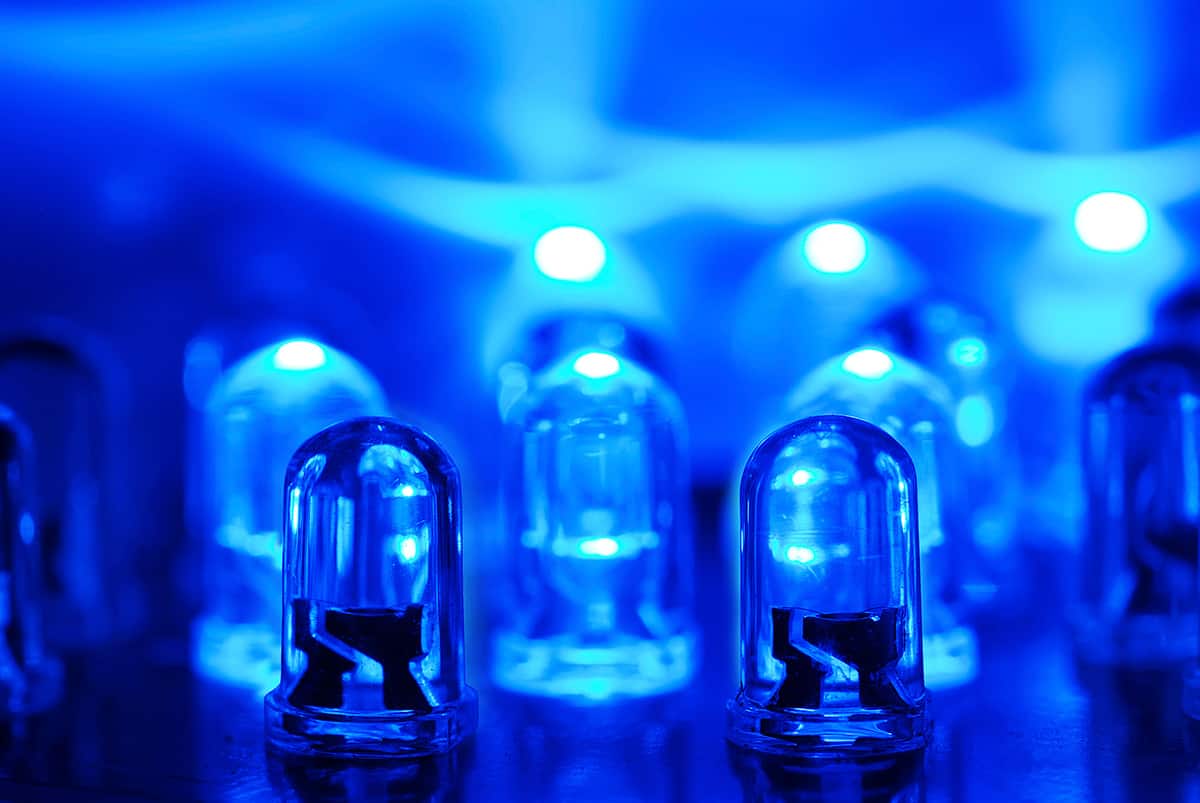A group of scientists from the Tokyo Institute of Technology (TIT), working together with other universities in Japan, has created a new kind of special light called an organic light-emitting diode (LED). This special light emits a beautiful blue color and doesn’t need much power to turn on.
You see, LEDs are like the magic behind the screens we use in our gadgets, from small smartphones to huge billboards. These screens make colors by using three main colors: red, green, and blue. While red and green LEDs work great, making blue ones has been a bit tricky when it comes to using energy efficiently.
Regular blue LEDs need a lot of power, about 4 volts, to make a certain amount of blue light. That might not sound like a lot, but when you want to use it in things like smartphones, the batteries can’t handle it. Scientists all over the world have been trying to solve this problem, and the team at TIT and other Japanese universities came up with an amazing solution.
They used some special stuff like NDI-HF, 1,2-ADN, and TbPe to make this new blue LED. What’s really cool is that this LED works in a new way called “upconversion.”
In a normal LED, tiny particles called “charge carriers” come together and make light. But in this special LED, when they come together, they create something called a “charged state.” This charged state gives energy to the blue light, and it shines beautifully.
“As the energy of the CT state is much lower than the emitter’s bandgap energy, the UC mechanism with TTA significantly decreases the applied voltage required for exciting the emitter. As a result, this UC-OLED reaches a luminance of 100 cd/m2, equivalent to that of a commercial display, at just 1.97 V,” said Seiichiro Izawa, an associate professor at TIT and Osaka University, in the press release.
What’s even more amazing is that this new blue light only needs a tiny bit of power, just 1.47 volts. That means even a small battery like the one in your TV remote can make it light up! For big screens, it only needs 1.97 volts, which is much less than the usual blue LEDs.
And the stuff they used in this special light is already used in regular screens. So, we can easily put it into all our gadgets without changing how we make them.
This discovery also shows that the way they put materials together to make the light can be used to make other things better, like solar panels. So, it’s not just about screens; it’s about making all kinds of cool stuff more efficient.

